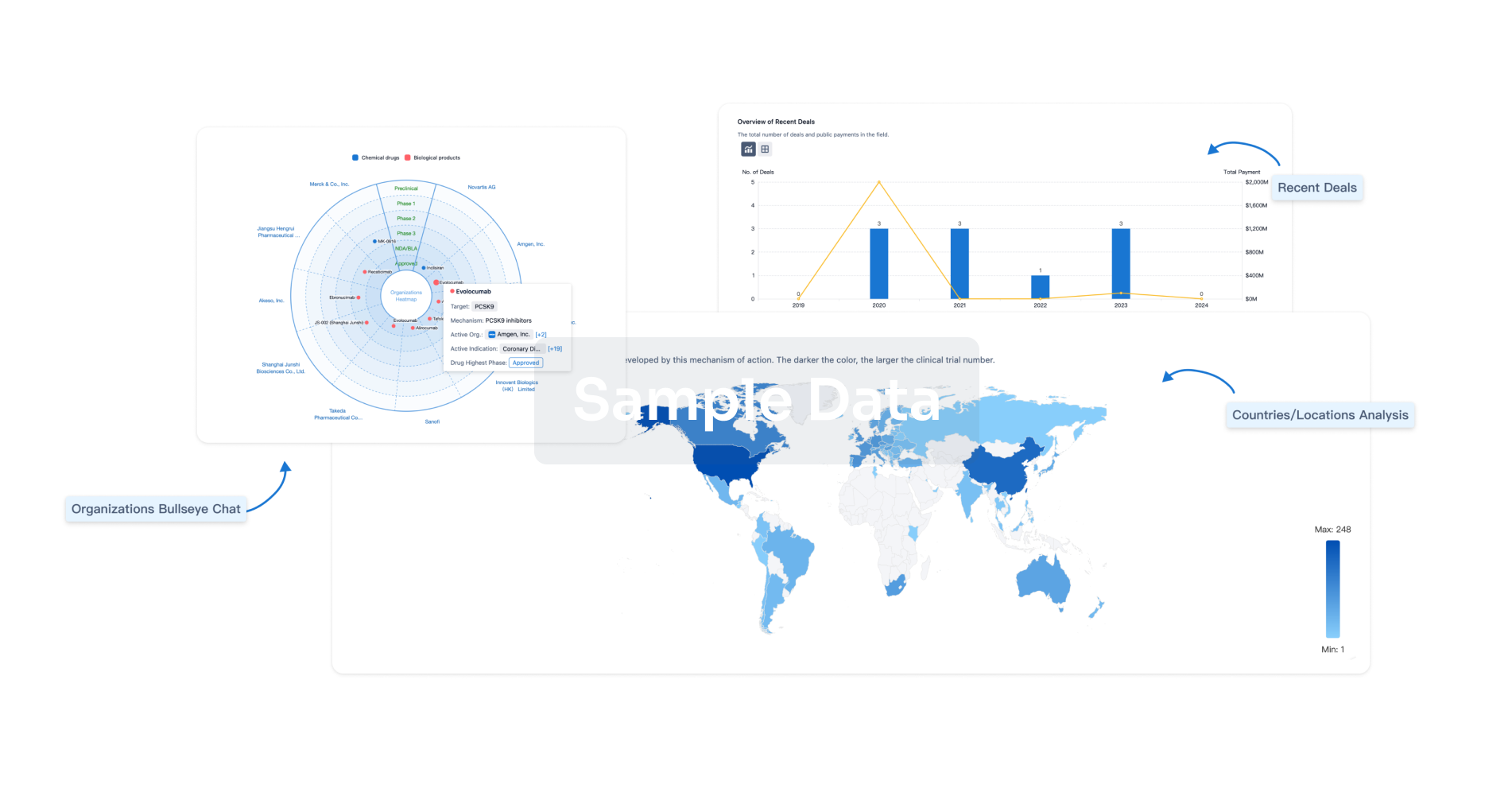|
|
|
|
|
|
|
|
|
|
|
|
|
Drug Highest Phase
Approved
|
First Approval Ctry. / Loc.
SG
|
|
First Approval Date
01 Jan 2008
|
Antiplatelet Therapy After Successful Percutaneous Coronary Intervention for Chronically Occluded Coronary Artery: A Prospective, Multicenter, Randomized Study Comparing Two Durations of Dual Antiplatelet Therapy
Coronary arteries are in charge of oxygen supply for the myocardium. When coronary arteries develop stenosis the coronary blood flow (i.e. oxygen flow) is reduced. Chronic total occlusion (CTO) is the extreme evolution of a coronary stenosis, which ends up to a total vessel closure.
Percutaneous coronary intervention (PCI) is the main treatment for chronic occlusions. The principle of this treatment is to implant a stent covering the whole segment of occlusion and allowing the blood to perfuse the myocardium antegradely and not retrogradely via the collateral(s). This angioplasty and stent implantation requires a dual antiplatelet therapy (aspirin associated with clopidogrel) to prevent a new thrombosis within the newly placed coronary stent.
Following the development of coronary stent (and particularly drug eluting coronary stent) new thrombosis within the implanted coronary scaffold have emerged. Dual antiplatelet therapy (DAPT) (compared to single antiplatelet therapy or anticoagulant) and initially prolonged DAPT (12 months) has offered a preventive treatment for stent thrombosis after PCI.
PCI treatment for CTOs continues to increase in France and around the world, while no dedicated study has been proposed so far regarding DAPT duration. Therefore, the general European recommendations for DAPT in chronic coronary syndrome management guidelines should be applied even though the CTO poses specific technical challenges (long and multiple stenting length for example). Even if 6 months DAPT is recommended as routine duration in chronic coronary syndrome (CCS), longer DAPT (12 months) is possible in this setting. However, the optimal duration of DAPT is not clearly demonstrated on an individual basis and each physician must adapt the DAPT duration for each single patient. A so called "ischemic / bleeding balance "guides the duration of DAPT.
This study would be the first randomized protocol to clarify the efficacy and safety of a shorter DAPT duration in the specific context of CTO PCI. It is conceivable that the technical advances which have made it possible to reduce the duration of DAPT to up to 1 month, in the cases of patients at high risk of bleeding for example, could be applicable to CTO PCI. Therefore, reducing the DAPT to 1 month, in the setting of CTO PCI, could reduce the haemorrhagic risk which should be proportional to the duration of the DAPT. Moreover, the invesitgators will evaluate the safety of short DAPT in terms of ischemic events during follow-up.
Prophylactic Administration of Tirofiban for Preventing Thromboembolic Events in Stent-assisted Coiling and Flow Diversion Treatments of Unruptured Intracranial Aneurysms
To explore whether administering tirofiban in stent-assisted coiling/flow diverting treatments for participants with unruptured intracranial aneurysms can reduce new ischemic lesions on postoperative DWI sequences compared to conventional dual antiplatelet therapy.
100
Clinical Results associated with P2Y12 receptor x TBXA2R x COX
100
Translational Medicine associated with P2Y12 receptor x TBXA2R x COX
0
Patents (Medical) associated with P2Y12 receptor x TBXA2R x COX


